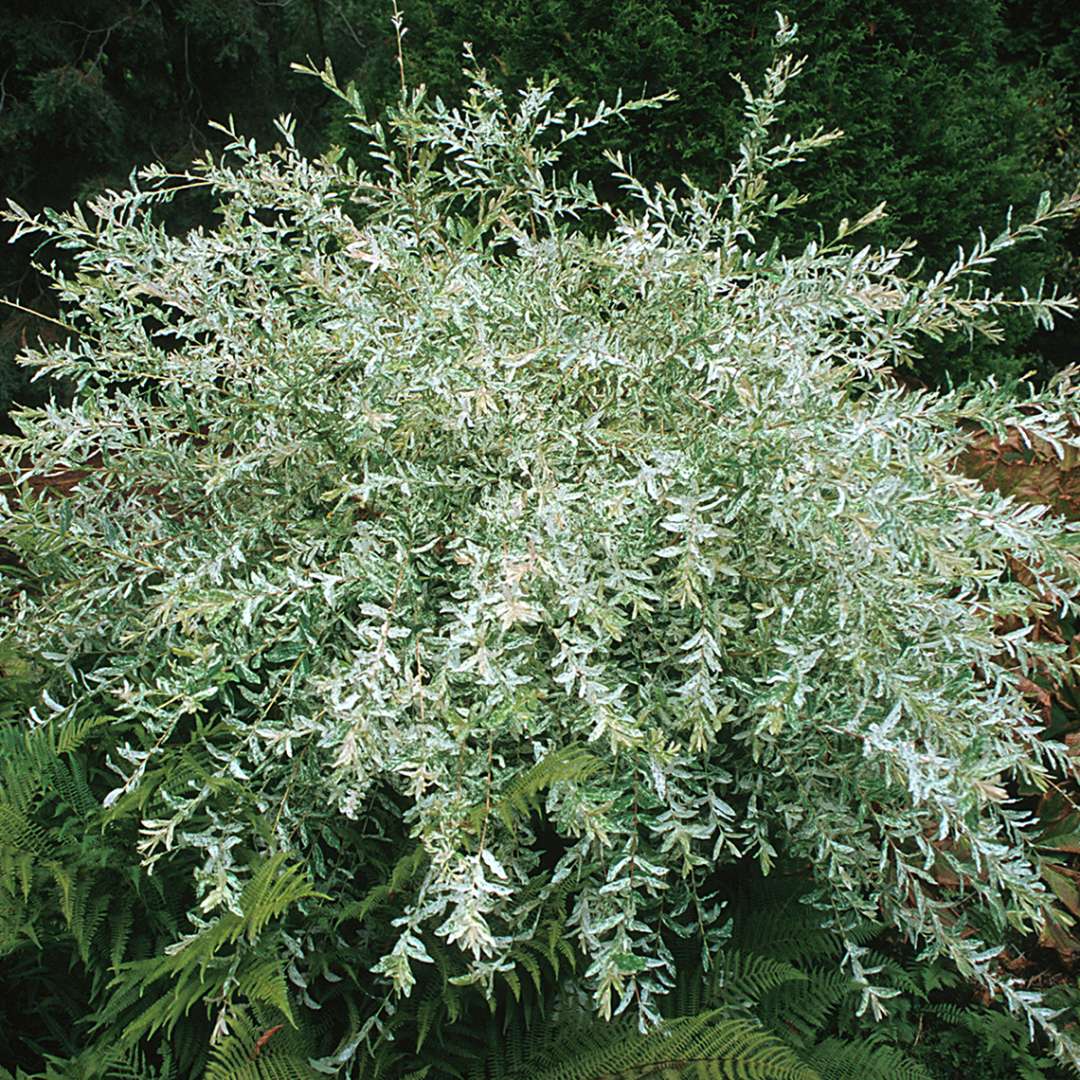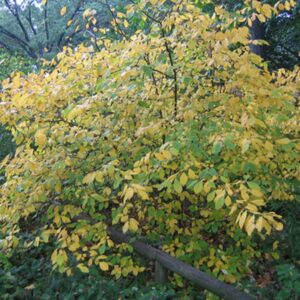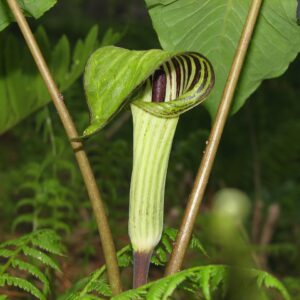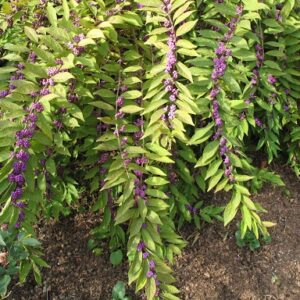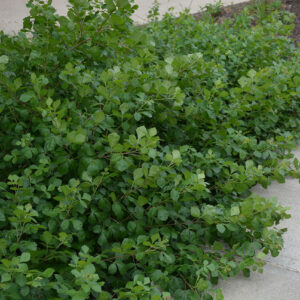Description
Dappled Willow 'Hakuro-nishiki' Characteristics
Dappled Willow require some maintenance to reach their full potential. Cutting back the stems each year can help to encourage new growth and keep the plant compact. Pruning is not necessary but can be done if desired. These willows have some tolerance for wet or dry soils, as long as the variation is temporary.
There are several potentially dangerous disease and insect issues that often plague willows. Blights can include crown gall, powdery mildew, leaf spot, and cankers. Some insect visitors may include beetles, caterpillars, scale, and borers.
USDA Climate Zone
Zones 5 - 7
Height
4.00 - 6.00'
Spread
5.00 - 7.00'
Bloom Time
March - April
Water
Medium - Wet
Sun
Full Sun - Part Shade
Maintenance
Medium
Deer Resistant?
No
